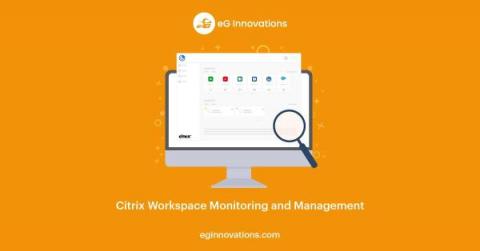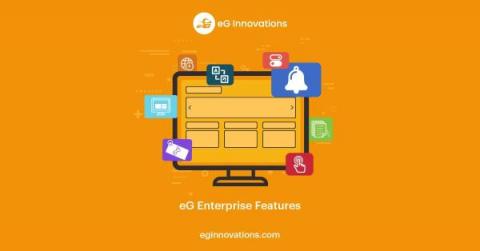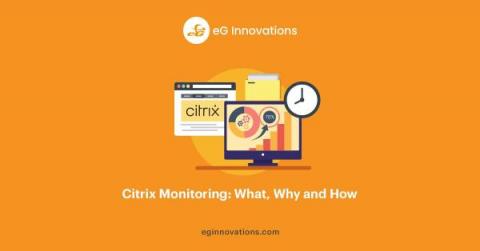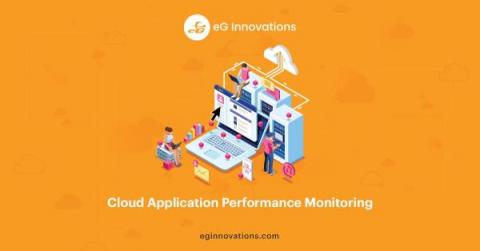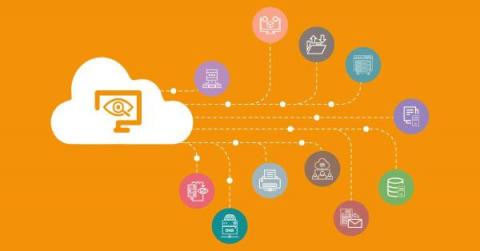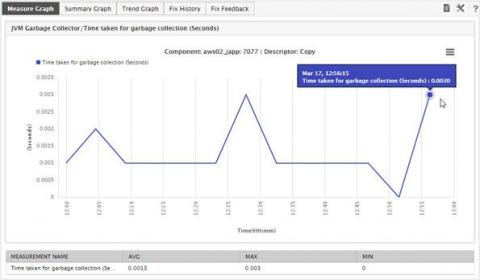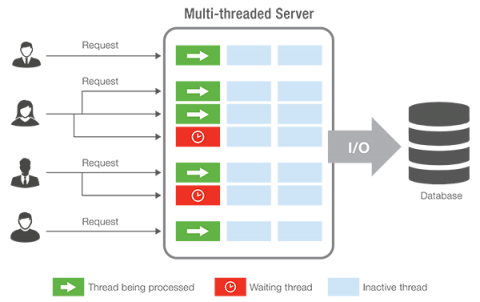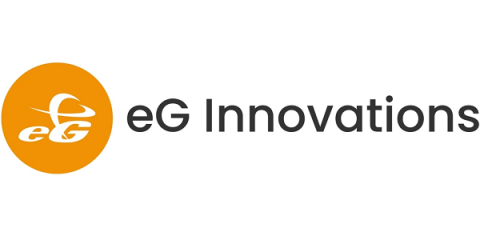APIs for IT Monitoring Solutions
The majority of monitoring and management solutions used in enterprises provide their customers with APIs (Application Programming Interfaces) and a CLI to facilitate DevOps type workflows. With IaC (Infrastructure as Code) becoming de facto and ubiquitous, decent APIs have long been a must have on product evaluation checklists; there are of course a few exceptions – namely products aimed only at SMB (Small and Medium Business), immature startups, or freeware.



